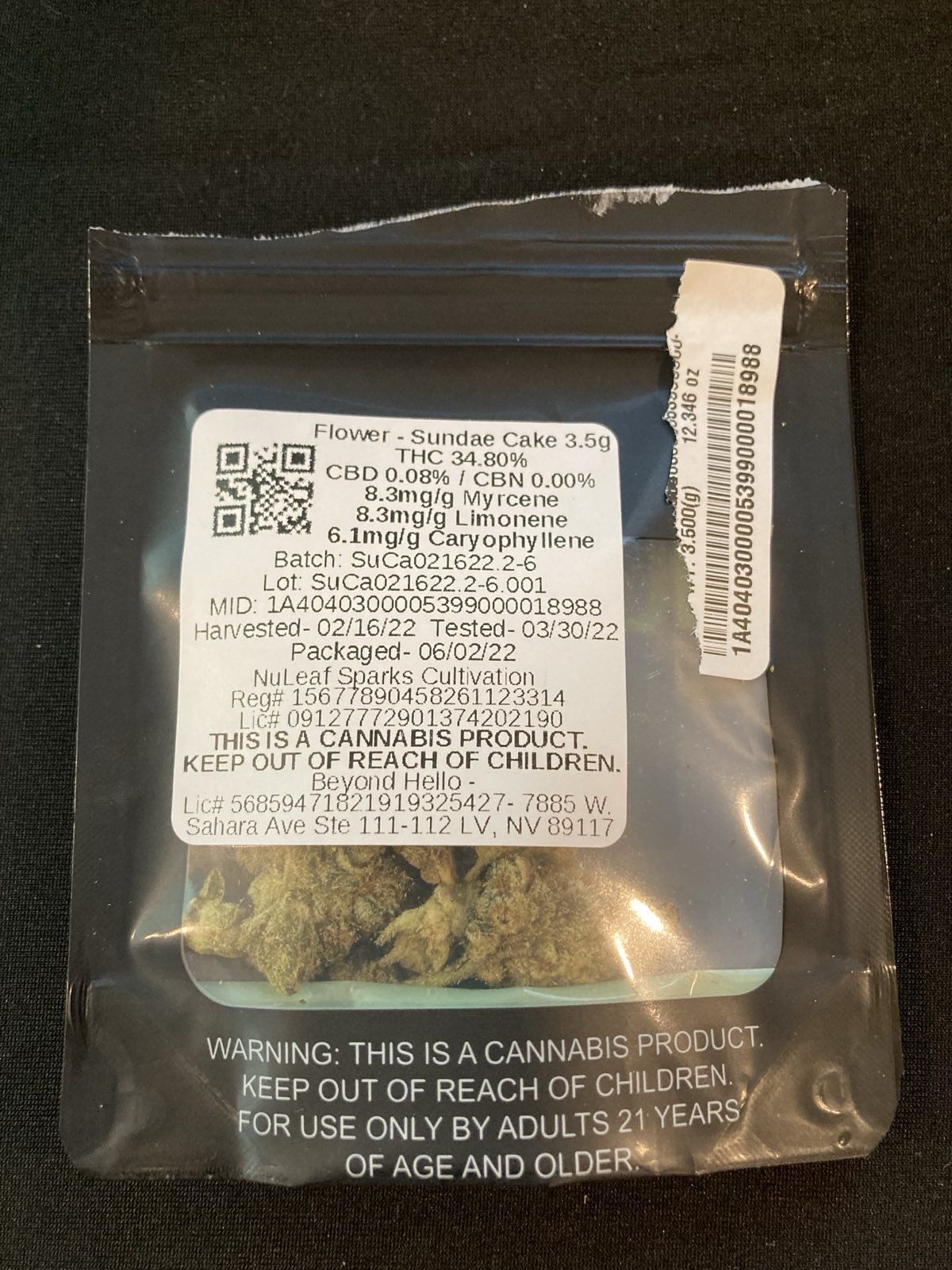How dispensaries present their menus—both in-store and online—plays a pivotal role in shaping customer experience, driving sales, and reinforcing brand identity. From sleek digital kiosks and touchscreen iPads to intuitive mobile apps and well-designed online platforms, dispensaries are no longer just selling cannabis—they’re selling an experience. The method used to display a cannabis menu can mean the difference between a satisfied return customer and a lost sale.
In-Store Displays: Where Innovation Meets Simplicity
Inside the dispensary, consumers are often overwhelmed by the sheer variety of products. To combat this, many retailers are turning to digital menu boards—large TV-style displays mounted behind the counter that show real-time inventory, specials, and educational content. These boards are highly effective in fast-paced environments, such as high-traffic urban dispensaries or locations with heavy tourist footfall. According to a Headset market report, dispensaries that utilize real-time digital signage see increased average transaction sizes by helping customers quickly identify products they want.
However, digital boards are best when paired with interactive in-store tablets or iPads. Mounted near waiting areas or along product walls, these devices allow customers to dive deeper into product details like terpene profiles, lab test results, and user reviews. They’re especially effective for engaging newer cannabis consumers who need more education before making a purchase. Budtenders can also guide shoppers directly through these iPads, personalizing recommendations without pressuring the customer.
An increasingly popular in-store option is self-service kiosks, which offer a complete, touch-screen browsing and ordering experience. They provide a hybrid of e-commerce functionality within the physical store, allowing customers to browse the menu, check availability, and place orders without needing to speak with staff. According to MJBizDaily, kiosks help reduce wait times and streamline operations, especially during peak hours, leading to higher customer satisfaction.
Online Menus: The Digital Front Door
A dispensary’s online menu is often the customer’s first point of contact. It must be fast, easy to navigate, and mobile-friendly. Most customers—especially Millennials and Gen Z—expect a seamless digital experience with filtering options by strain type, effect, brand, and THC/CBD content. Platforms like Dutchie, Weedmaps, and Leafly provide embeddable menus that update in real-time with live inventory, allowing customers to order for pickup or delivery.
For dispensaries looking to create a unique digital identity, integrated native websites with embedded menus provide more flexibility. Custom-branded menus allow for a cohesive look and feel, rather than relying on third-party aesthetics. Integrations with point-of-sale systems (such as Treez or BLAZE) ensure that online menus are always accurate and synced with in-store inventory.
Additionally, mobile apps are becoming essential tools for customer engagement. Retailers who offer branded apps benefit from direct-to-consumer push notifications, exclusive in-app promotions, and loyalty program integrations. According to Springbig, dispensaries with dedicated mobile apps see repeat customer rates as high as 60%, showing that convenience and personalization are critical to long-term customer retention.
The Hybrid Model: Cohesive Across All Channels
The most successful dispensaries take a hybrid approach. Customers today often start their cannabis journey online—browsing products on their phones—then either complete an online order or visit the store in person. Creating consistency across all channels builds trust and reduces confusion. For example, a product listed as available online should be in stock in-store; prices and promotions must match; and visual branding should be consistent across platforms.
Staff Training and Technology Integration Are Key
No matter how sleek the display method, the effectiveness of any menu system comes down to staff engagement and technology integration. Budtenders should be trained not only on the product but also on how to use digital displays to enhance the customer journey. At the same time, the tech stack—from POS to e-commerce platform—must be tightly integrated to avoid inventory errors or menu discrepancies.
In Review
Dispensaries can no longer rely on paper menus or static boards alone. The modern cannabis consumer expects a retail experience that is seamless, informative, and engaging—whether online, in-store, or on a mobile app. Dispensaries that embrace digital innovation in their menu displays, while staying rooted in strong customer service, will set themselves apart in a crowded marketplace.

